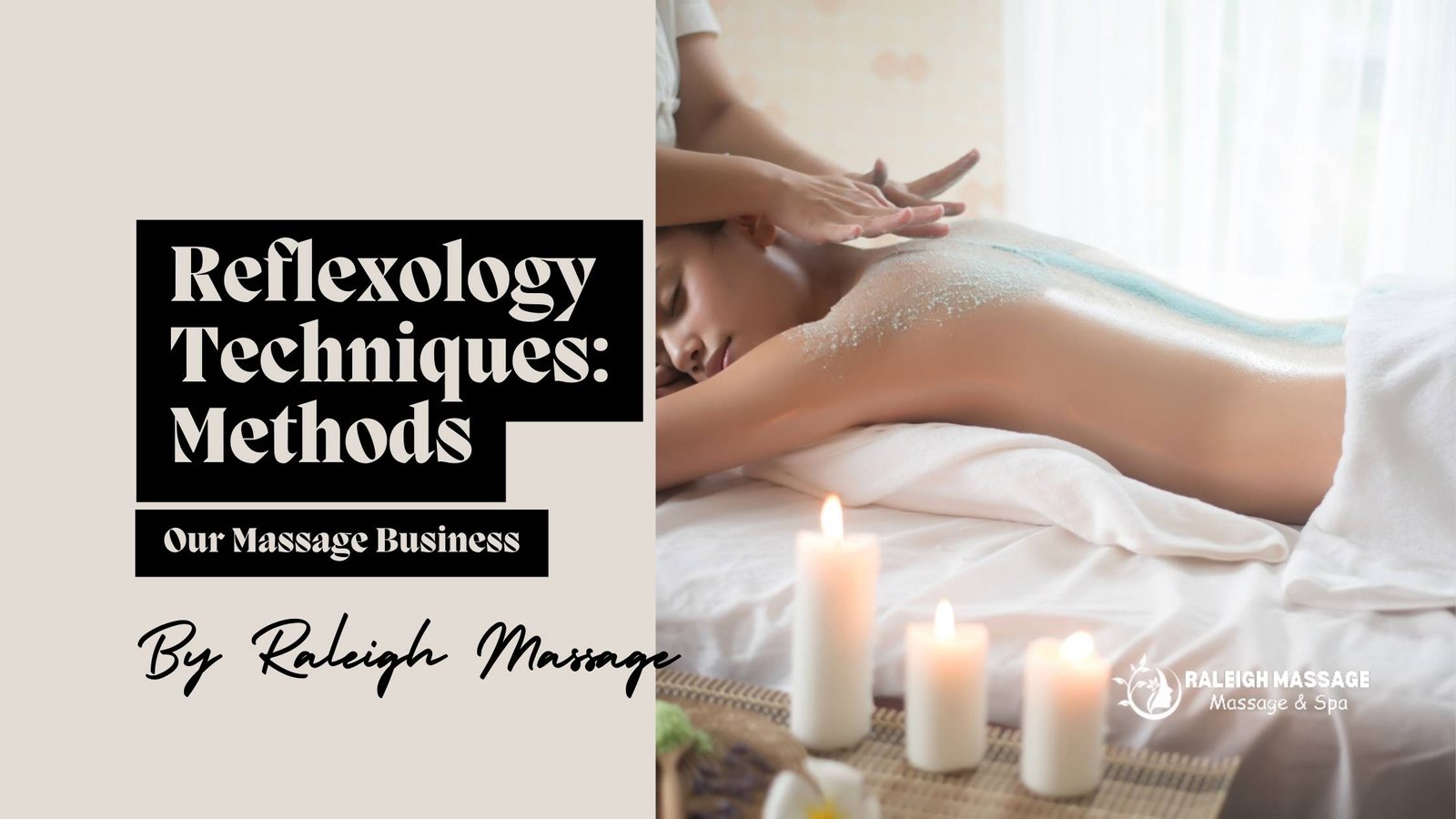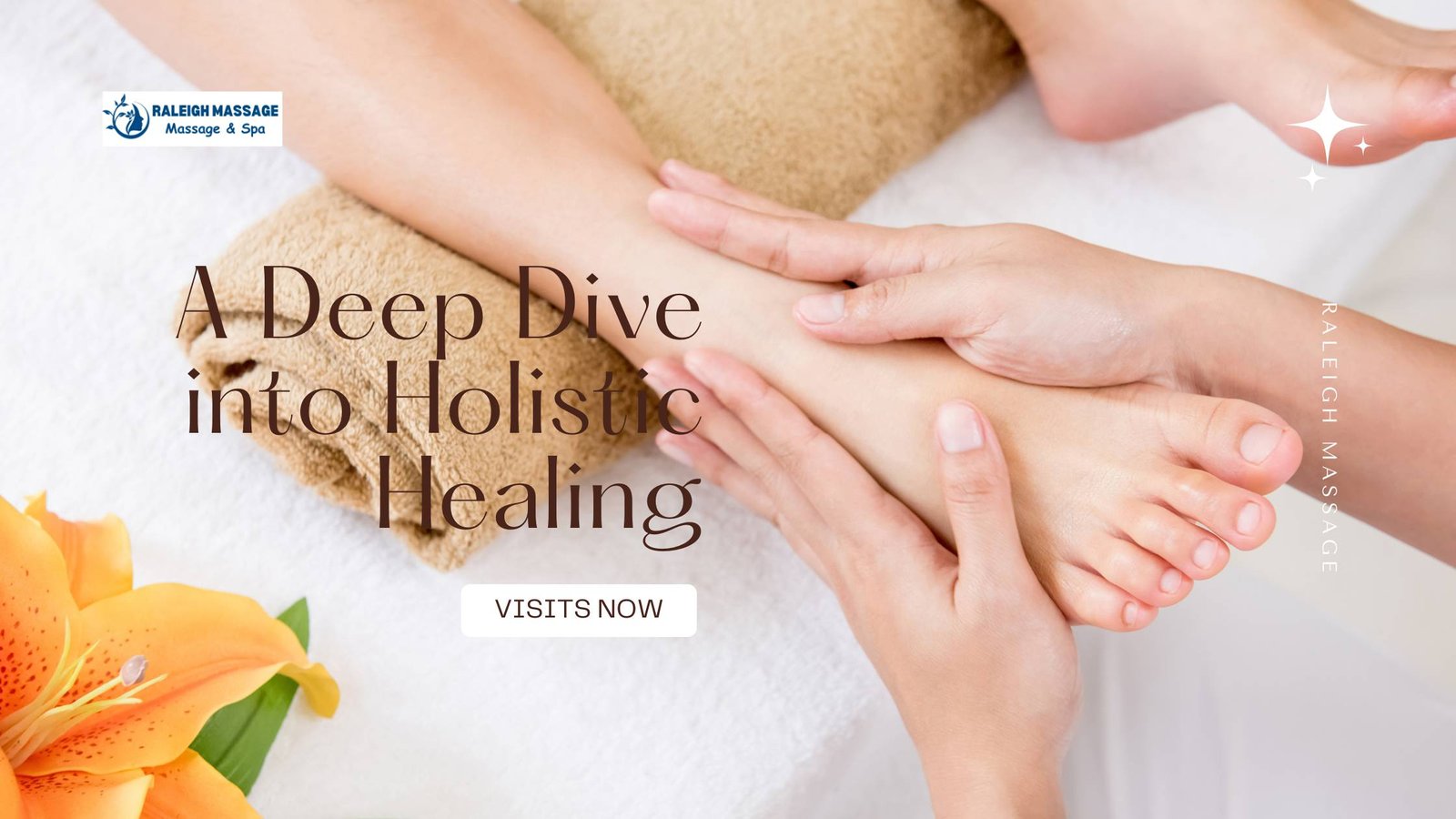An ancient method of treatment called reflexology, sometimes known as merely “reflexology,” entails pressing specific areas of the feet, hands, and ears. Touching these sites is thought to improve health and well-being since they are connected to different organs and bodily systems. Reflexology holds that the nerve system relates these points to different bodily areas. Massaging them can help you be healthier generally, increase circulation, and reduce stress. The history of reflexology massage, its techniques, effects, and present uses will be covered on this site.
Foot reflexology has long been a practice of ancient civilizations. People believe it originated historically from Egypt, China, and India. Reflexology seems to have been used in Egypt maybe as early as 2330 BCE. Paintings depicting patients having foot and hand rubs in the tomb of the Egyptian physician Ankmahor reveal how crucial this was to their medical treatment.
Traditional Chinese medicine (TCM) in China has long included reflexology as a component. Chinese reflexologists believed that “Qi,” the body’s energy, moves via certain pathways. They believed that by adjusting these places, the body might be brought back into harmony and unity. Long-standing use of foot rubs in Ayurvedic treatment in India has also helped to enhance health and well-being.
Early in the 1900s American ear, nose, and throat specialist Dr. William Fitzgerald developed the contemporary version of reflexology. Pressing some areas of the foot proved to have numbing effects on other body parts. Fitzgerald’s writings enabled zone treatment—which ultimately evolved into reflexology as we know it—to be feasible. By charting reflex points on the feet and developing particular approaches to work with them, nurse and physiotherapist Eunice Ingham made reflexology even more effective and well-known in the 1930s.
One should consider zones and reflex points.
Ten straight zones totaling five on each side define the human body. Every zone serves for a distinct organ or bodily portion. Reflexologists, some who believe the feet, hands, and ears can reveal every portion and organ in the body, To assist the bodily components connected to these reflex sites heal, practitioners might press them.
Reflexology revolves mostly on the idea of energy flow. This idea holds that the body moves energy in specific patterns. Stopping or throwing off this energy flow could cause illness or discomfort. Reflexology seeks to clear obstructions in the body’s energy flow so enabling self-healing.
Reflexology sees health and well-being from all aspects. It considers the person as whole, encompassing their physical, social, and psychological aspects. By reaching the underlying causes of health issues rather than only treating the symptoms, reflexology seeks to foster harmony and balance.

Reflexology is the application of several ways to affect the reflex sites on the hands, feet, and ears. Among the most often utilized methods are those following:
In thumb walking, the person performing the exercise uses their thumb to press on particular trigger points. The thumb moves across the reaction spots, energising the related body parts.
Though you press the reflex sites with your fingers, finger walking is more like thumb walking. This approach is sometimes used in smaller areas or when one needs more exactness.
Using this technique, you press a reflex point then move your thumb or finger in a circle. This energizes and enhances the function of the trigger point.
Wrap your thumb or finger around a reflex point then pull back to apply pressure on it using the hook and backup technique. Many people target deeper reflex areas with this technique.
Using the “press and release” technique, one pressures a reflex point then releases it. This serves as a trigger and helps you to unwind.
Reflexology has many emotional as well as physical advantages. Among the most eminent advantages are:
Reflexology is one fantastic way to help reduce stress. Through reflexology’s stimulation of the reflex areas, you can unwind and release tension. This can so reduce your anxiety and help you feel better generally.
By enabling more blood and oxygen to reach various areas of the body, reflexology can assist circulation. This feeds organs and cells, therefore enabling their healing and general enhancement of health.
Reflexology is used by many to help with pain. Reflexologists can enable patients in numerous areas of the body feel better by concentrating on specific reaction sites. This covers migraines, headaches, back problems, and disorders causing chronic pain.
Reflexology can help the immune system function better by inducing the reflex points connected to the lymphatic system and other organs associated to immunity. This generally improves your health and helps the body’s natural defenses function as they should.
Reflexology can aid with digestion by activating reflex areas connected to the digestive tract. Good for your gut health, this can aid with constipation, gas, and indigestion pain.
By emphasizing reflex points linked to the endocrine system, reflexology can help balance hormones and maintain various physiological systems in control. This can assist ladies experiencing hormonal issues including those related to menstruation, menopause, thyroid difficulties, or other conditions.
By helping you feel calmer and less anxious, reflexology can assist in better sleep. Many people find they may fall asleep faster and sleep better at night by using reflexology.
Reflexology can help you focus and think more clearly by reducing stress and promoting relaxation. After doing this, you might be able to concentrate better, recall things more clearly, and focus more generally.
Reflexology helps people relax and feel less anxious, so enhancing their mental health. Many people claim that reflexology helps them to feel more psychologically balanced and steady.
Reflexology helps your body become more balanced and in sync with itself, so enhancing your health and happiness. It maintains the body in excellent health and aids its natural repairing mechanisms.
Lorem ipsum dolor sit amet, consectetur adipiscing elit. Ut elit tellus, luctus nec ullamcorper mattis, pulvinar dapibus leo.
Among other venues, reflexology is performed in spas, fitness centers, and medical offices. Many times, this kind of therapy is employed with more conventional medical treatment. Reflexology is applied in several modern ways including:
Many health facilities and spas provide reflexology as a means of stress management for its patrons. Reflexologists help their clients to be generally healthier, feel less stressed, and relax.
Reflexology is being used in pain management facilities to assist those suffering with chronic pain in managing their ailments. It can be particularly beneficial for those suffering with headaches, arthritis, or fibromyalgia.
Frequently combined with other treatments to assist cancer sufferers. It helps with pain, nausea, and worry, therefore improving the quality of life for cancer sufferers.
Reflexology is applied in maternity care to assist pregnant ladies feel better. Along with helping you relax, it can aid with common pregnant problems including back discomfort, edema, and exhaustion.
In hospice care, reflexology is applied to assist dying patients in experiencing greater quality of life and comfort. It can help you feel more calm, reduce tension, and soothe pain.
Many companies are including reflexology into their corporate wellness initiatives to keep staff members healthy. Reflexology helps workers be healthier generally, concentrate better, and feel less stressed.
Reflexology is a technique some sports therapists apply to assist athletes in training and improvement. It can improve your blood flow, reduce muscle tension, and speed your healing from injuries.
If you are considering trying reflexology, you could be wondering what to expect from a session. Usually, a reflexology session consists in the following broad outline:
Usually starting the session, the reflexologist will inquire about your health background, any particular concerns or symptoms you have, and your main session objectives.
Many reflexologists begin the therapy with their clients relaxing in a foot bath to get them ready for it. This might also contribute to the tranquilly of the area.
Reflexologist will examine your foot in search of any tense or aching areas. They could ask you to highlight any particularly hurting areas.
The reflexologist will press the reflex sites on your feet, hands, or ears in several different ways. Although it shouldn’t hurt, the pressure should be somewhat significant. The reflexologist could work on your complete foot to increase your balance or concentrate on specific reflex areas linked to your health issues.
Many reflexology courses finish with some time to relax so that your body may completely absorb what it has learnt. You could be advised to have a quick pause before getting up.
The reflexologist could advise you what to do following the session, such as drinking plenty of water to eliminate waste and relax even more.
Should you give reflexology some try?
Reflexology can be useful for many people, but not appropriate for everyone. For most people, it is considered safe; yet, there are particular circumstances when one should not use it. If any of these describe you, avoid reflexology:
Speaking with your doctor is usually a good idea before beginning any new treatment, including reflexology, particularly if you currently have a medical condition.
Reflexology is a strong, all-encompassing therapy that can help you unwind, reduce your stress, and generalize your health and well-being. Reflexology developed from ancient healing techniques, but it has evolved into a contemporary therapy applied all around to enhance wellness and health. Reflexology may be a great addition to your calendar if you wish to relax, reduce your tension, or generally enhance your health. One mild and non-invasive approach to help you become healthier is reflexology. It acts by bringing the body back into equilibrium and accelerating its own healing mechanism.
